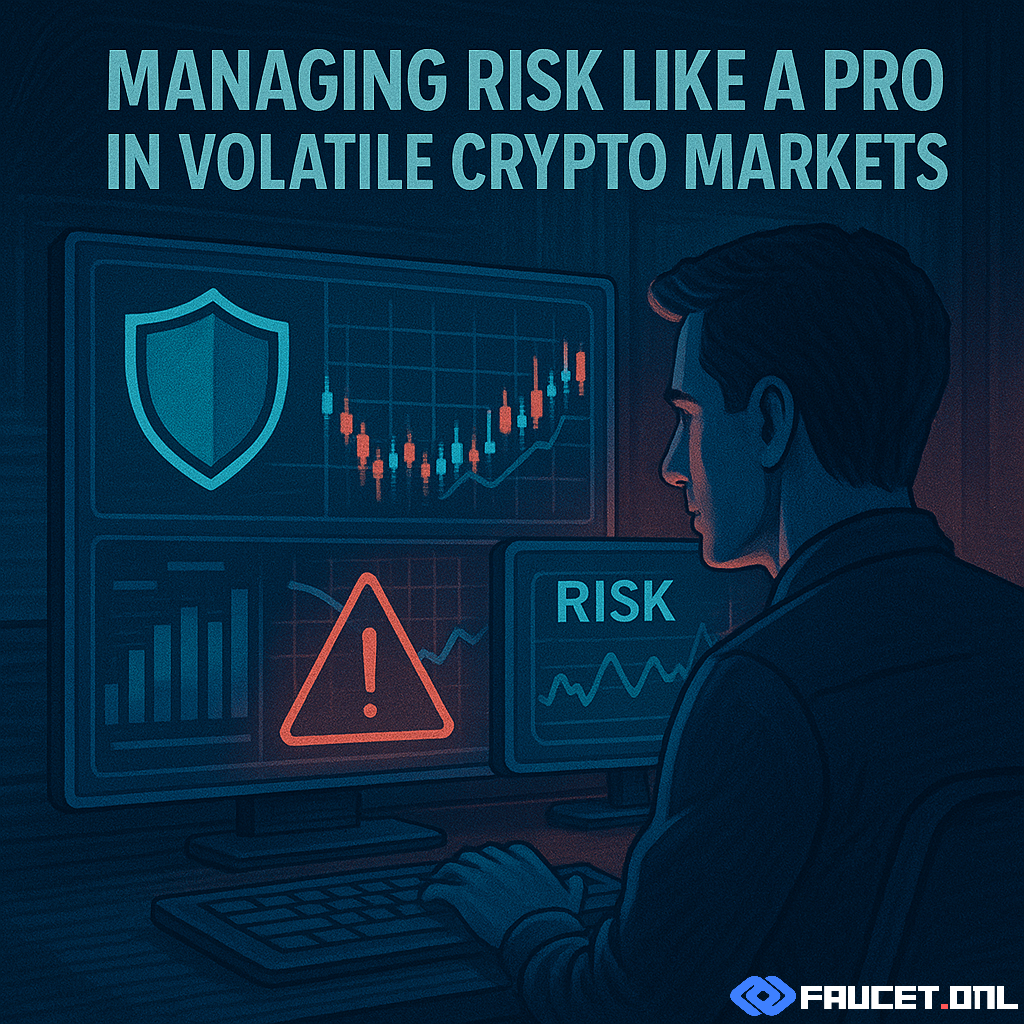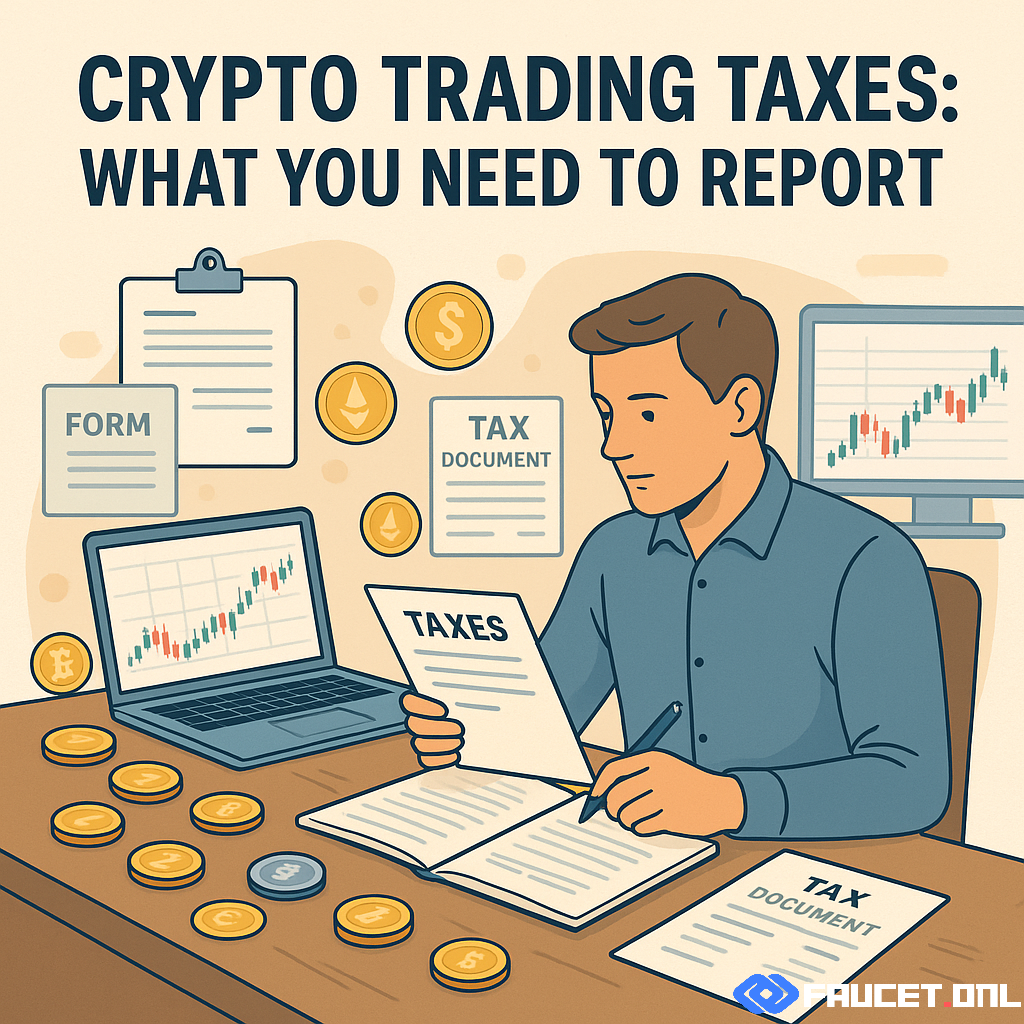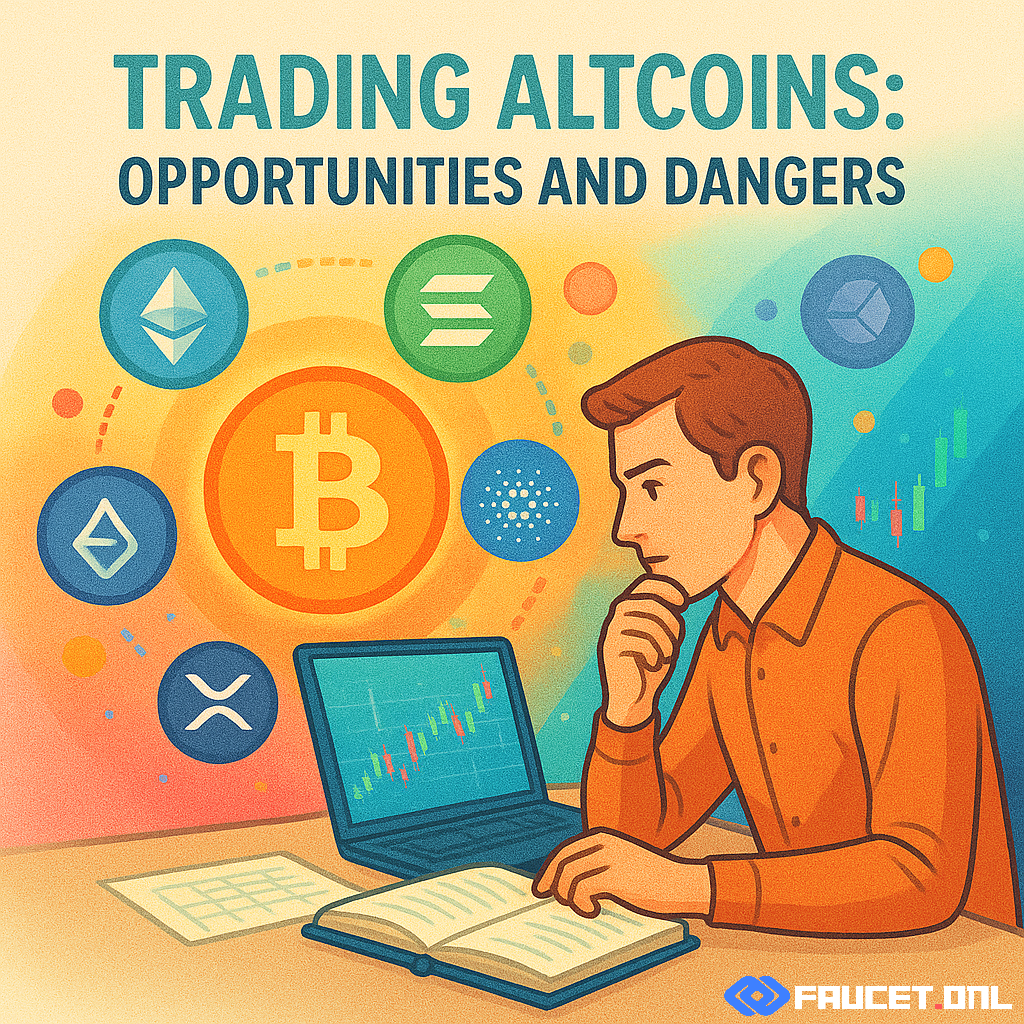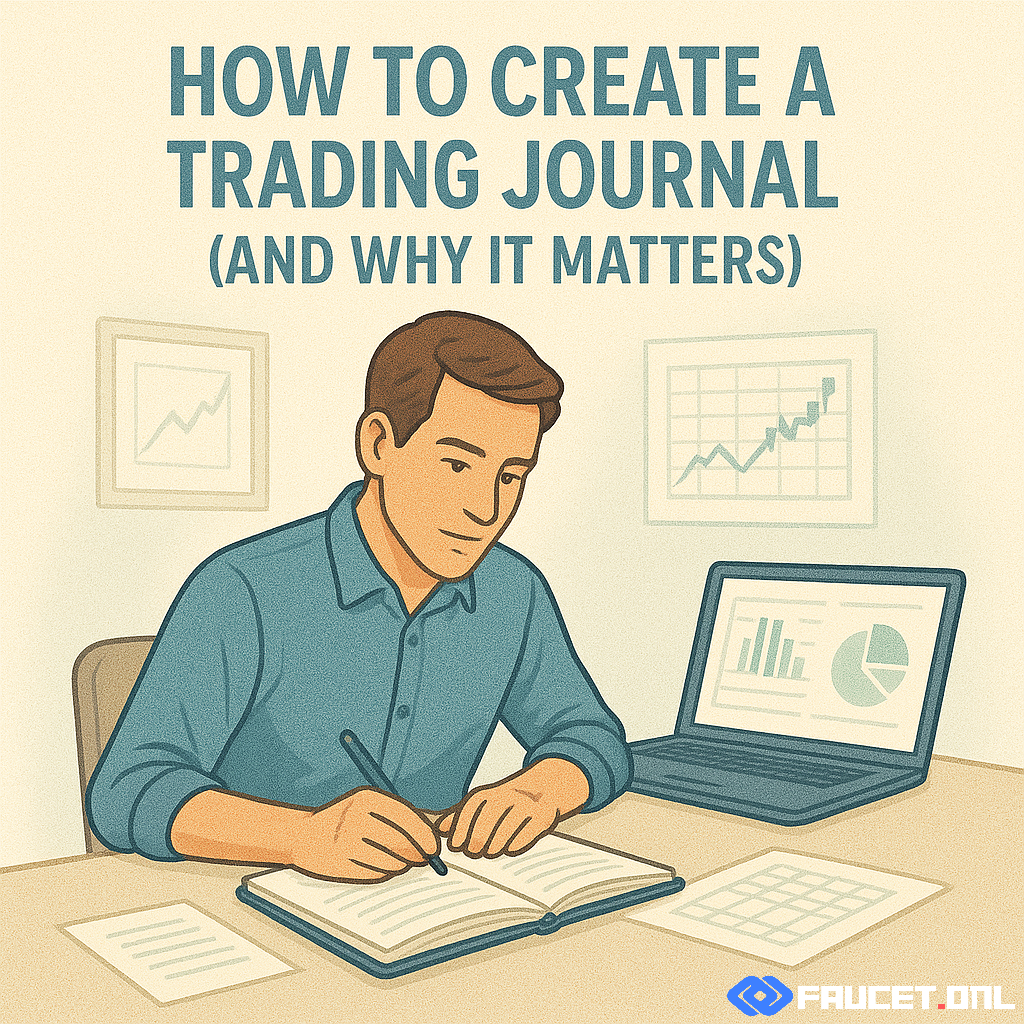Risk Basics: Understanding Market Volatility
Risk in trading refers to the potential for loss due to unfavorable price movements. In crypto, volatility is amplified by 24/7 markets, low liquidity on some pairs, and news-driven events that can move prices in seconds. Professional traders first assess risk before thinking about profit, using measures like Value at Risk (VaR), position sizing, and loss limits. Recognizing that every trade carries inherent uncertainty is the foundation for robust risk management. Key concepts include maximum drawdown, risk-reward ratio, and expected value. The goal is not to eliminate risk but to ensure it remains within controllable, pre-defined boundaries.
Pro Strategies: How Experts Manage Risk
Advanced traders use a blend of quantitative and discretionary methods to contain risk. Here are core strategies:
- Position Sizing: Allocate only a fixed percentage of your portfolio per trade—often 1-3%—to prevent catastrophic loss from a single position.
- Stop-Loss and Take-Profit Orders: Automated exits limit downside and lock in gains without emotional bias. Dynamic stops, like trailing stops, adjust to market moves.
- Portfolio Diversification: Spreading capital across different assets, strategies, or timeframes reduces overall risk exposure.
- Risk-Reward Calibration: Target trades with at least a 2:1 or 3:1 reward-to-risk ratio, filtering out low-probability setups.
- Scenario Analysis: Assess the impact of worst-case scenarios using backtesting and stress-testing before live trading.
- Leverage Control: Use leverage judiciously, knowing it amplifies both gains and losses. Pro traders often reduce leverage during periods of extreme volatility.
Tools: Technology for Smarter Risk Management
Modern traders have access to an arsenal of tools to measure, monitor, and manage risk in real time:
- Risk Calculators: Online tools to determine optimal position size, stop-loss distance, and potential loss per trade.
- Volatility Indicators: Technical indicators like ATR (Average True Range), Bollinger Bands, and the VIX give early warning of increased risk environments.
- Portfolio Trackers: Apps and platforms that show asset allocation, performance, and correlations to spot overexposure or hidden risks.
- Trade Journals: Logging every trade—including rationale, risk level, and outcome—improves discipline and highlights patterns or recurring mistakes.
- Risk Dashboards: Advanced exchanges and trading platforms offer customizable dashboards for real-time monitoring of open positions, margin levels, and aggregate exposure.
Common Errors: Pitfalls That Sabotage Traders
Even seasoned traders can fall into risk management traps:
- Overleveraging: Using excessive leverage to chase quick gains often results in rapid losses when the market turns.
- Neglecting Stops: Failing to set or honor stop-losses exposes traders to unexpected and uncontrolled losses.
- Poor Diversification: Concentrating capital in a few correlated assets magnifies risk during sector-wide drawdowns.
- Emotional Trading: Letting fear or greed override your trading plan usually leads to larger, more frequent losses.
- Ignoring Market Conditions: Applying the same risk rules in all environments (e.g., bull, bear, sideways) ignores volatility shifts that require adaptation.
- Chasing Losses: Increasing trade size to “win back” losses accelerates account drawdown and stress.
Tips: Best Practices for Risk-Focused Traders
To manage risk like a professional, integrate these actionable tips into your trading routine:
- Define your maximum acceptable loss per trade and per day—never exceed it.
- Backtest risk management rules on historical data before applying live.
- Adjust position size and stops based on current volatility—tighten risk during wild markets, loosen during calm periods.
- Use a written trading plan with clear risk rules for each strategy.
- Keep emotions in check with routines (journaling, meditation, regular breaks).
- Continuously review and adapt your risk framework as your capital and experience grow.
Conclusion
Managing risk is not a one-time task but an ongoing process that evolves with your trading journey. In volatile crypto markets, the pros treat risk as a controllable variable, not an afterthought. By combining disciplined strategies, the right tools, and a professional mindset, you can navigate volatility with confidence and preserve capital for long-term growth. Remember: trading is a game of survival first, profits second.
Further Reading and Resources
- Binance Academy: Risk Management in Trading
- Investopedia: Risk Management Explained



